Overview
Importance of Lymphocyte Migration
T cell migration is important for mounting an effective immune responses. It permits the T cell to recognize antigen presented in the context of MHC by an antigen presenting cells and then traffic and interact with other cells. The study of the interactions of immune cells and diseased cells or tissues that lead to the migration of immune cells can lead to a better understanding of drug function and mechanisms
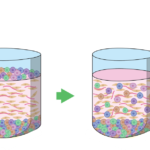
Patient-derived cells or tumors are co-cultured with extracellular components such as fibroblasts and collagen. Lymphocytes (autologous or allogenic) are added to the platform and migration is observed at various time points enabling the study of important cell-cell interactions

Patient-derived cells or tumors are co-cultured with extracellular components such as fibroblasts and collagen. Lymphocytes (autologous or allogenic) are added to the platform and migration is observed at various time points enabling the study of important cell-cell interactions
Advantages
IMMUNE 3D® is a physiologically relevant platform to study lymphocyte migration in a tumor microenvironment setting.
-
Not dependent on the formation or uniformity of spheroids
-
Adaptable to any patient tumors – broad spectrum applications
-
Customizable to mimic the patient environments for efficient screening
-
Simple design with value-add readouts
-
Patented system and extensive know-how
Broad Spectrum Applications
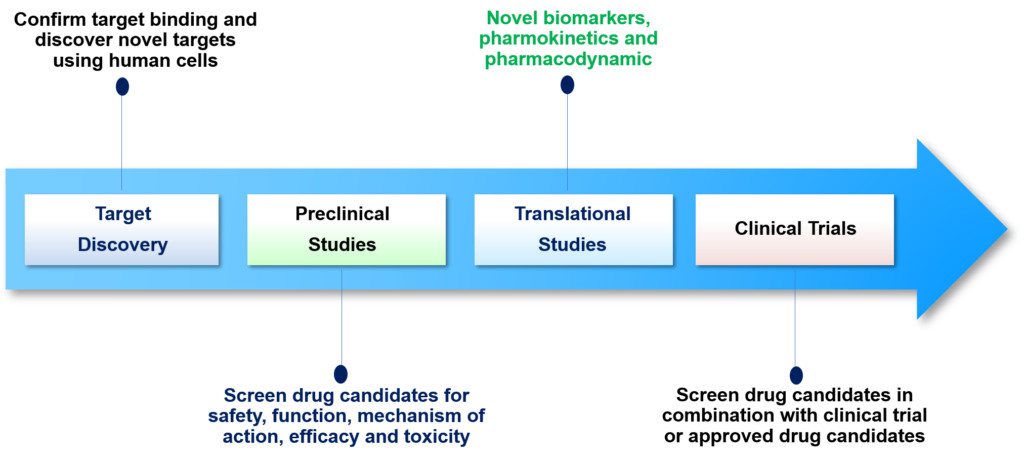
Lymphocyte Migration
- Not dependent on the formation or uniformity of spheroids
- Adaptable to any patient tumors – broad spectrum applications
- Customizable to mimic the patient environments for efficient screening
- Simple design with value-add readouts
- Patented system and extensive know-how
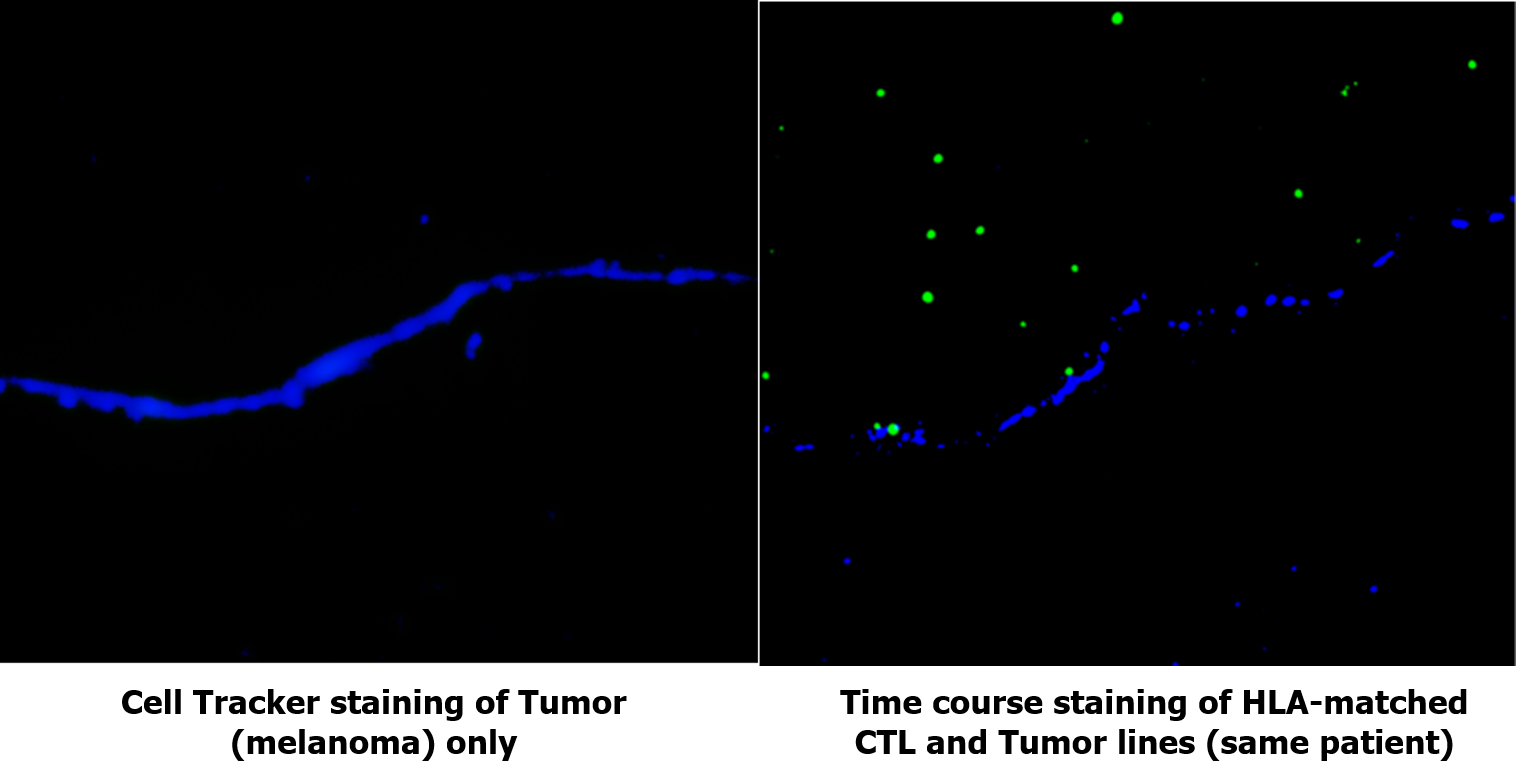
Lymphocyte Specificity
- Not dependent on the formation or uniformity of spheroids
- Adaptable to any patient tumors – broad spectrum applications
- Customizable to mimic the patient environments for efficient screening
- Simple design with value-add readouts
- Patented system and extensive know-how
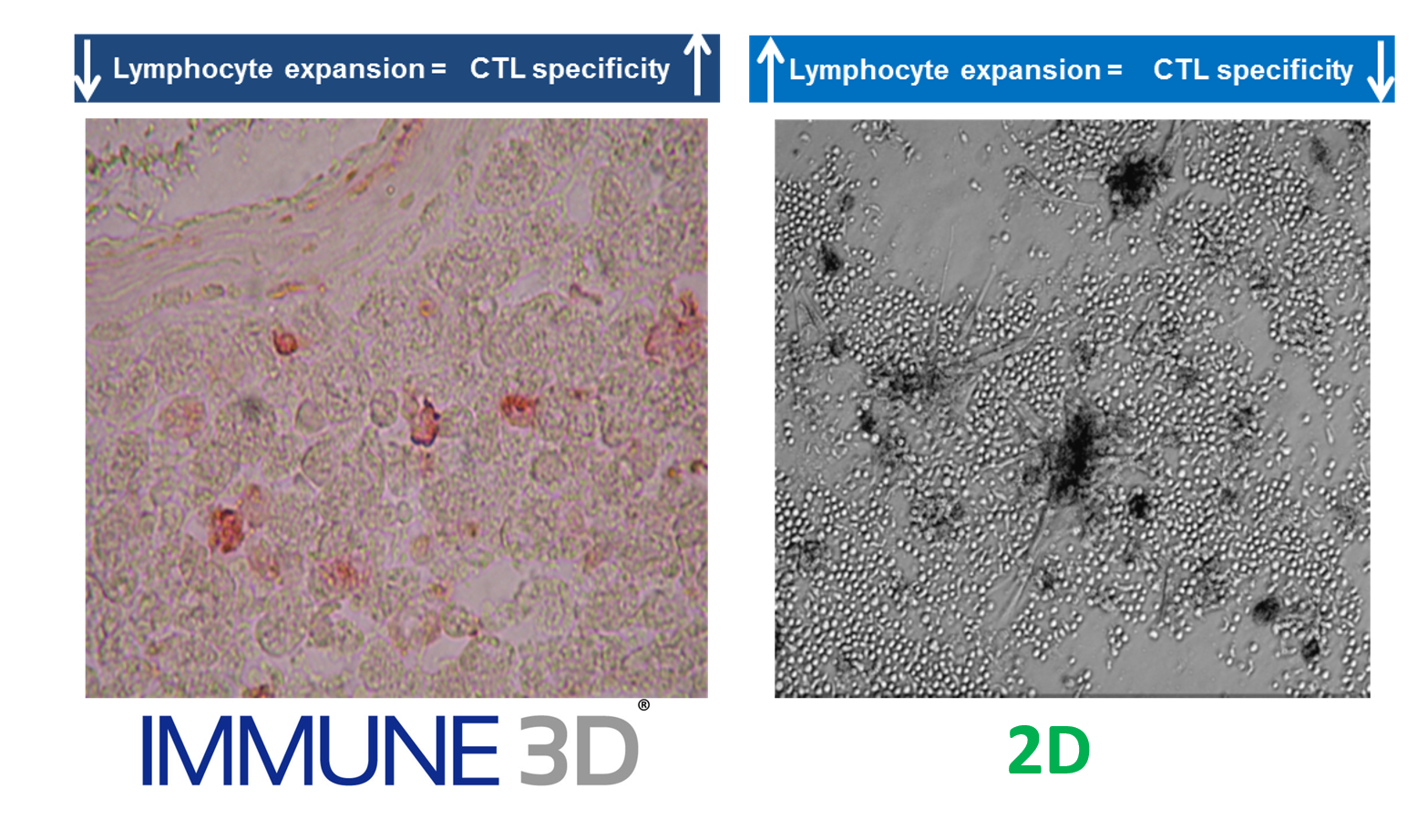
Lymphocyte Kinetics
- Not dependent on the formation or uniformity of spheroids
- Adaptable to any patient tumors – broad spectrum applications
- Customizable to mimic the patient environments for efficient screening
- Simple design with value-add readouts
- Patented system and extensive know-how
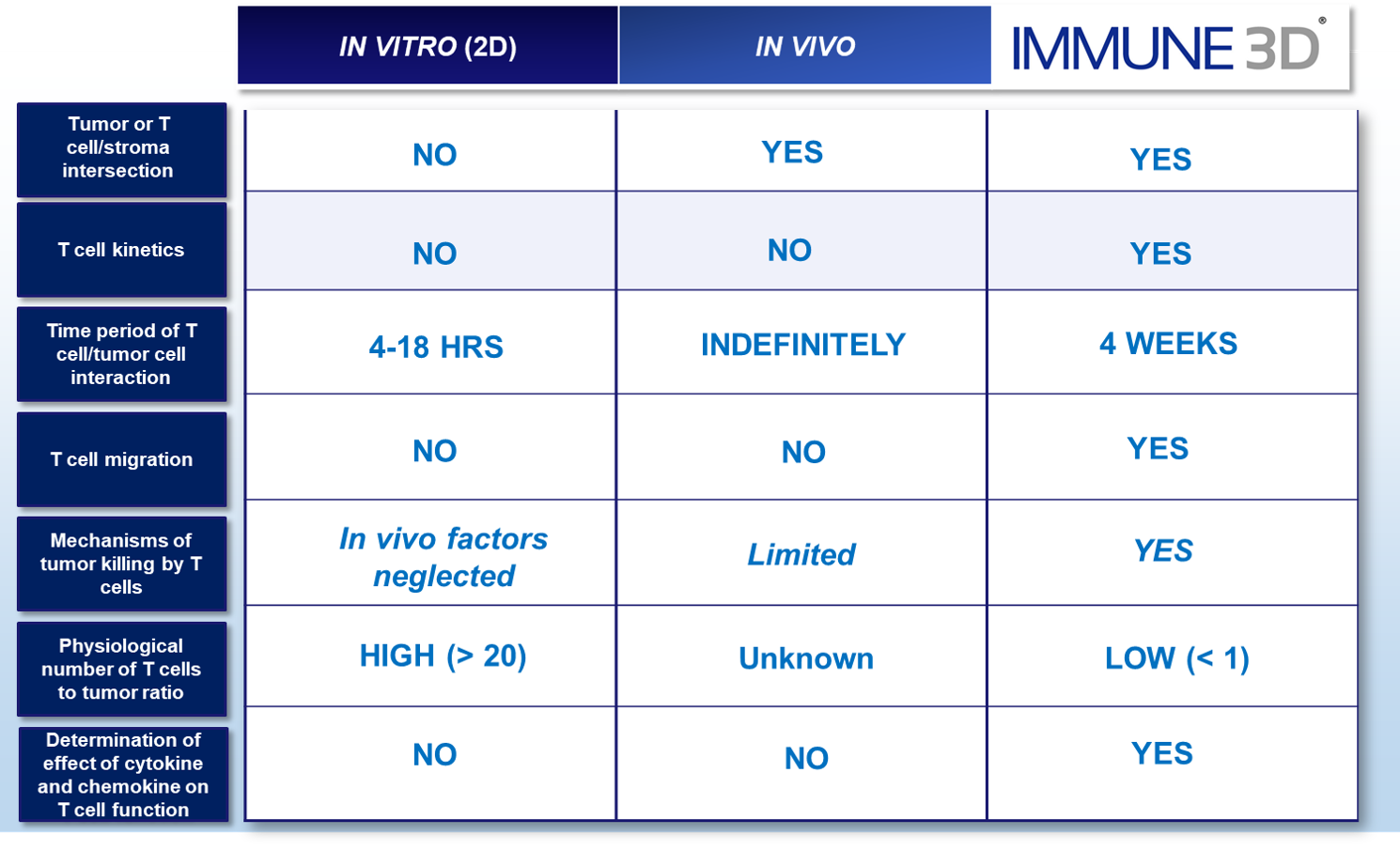
What Can Be Studied?
- The extracellular matrix and remodeling of immune responses
- The role of chemokines and chemokine receptors in migration
- Multi-immune interactions with other cells to study interactions
